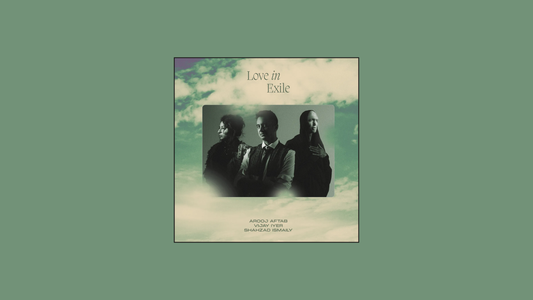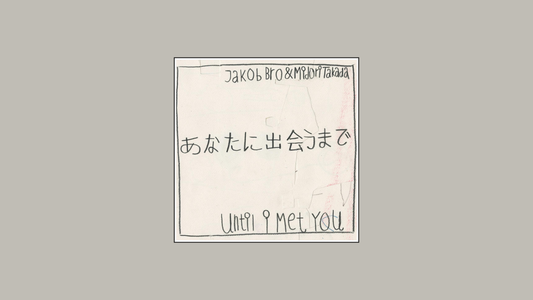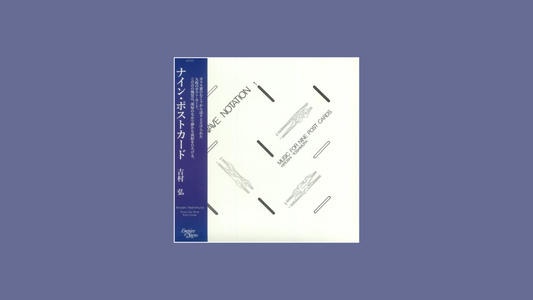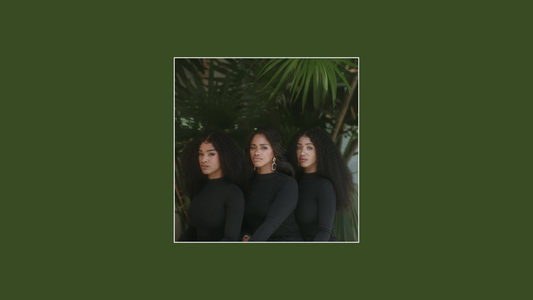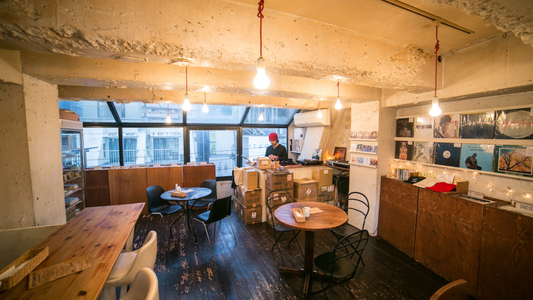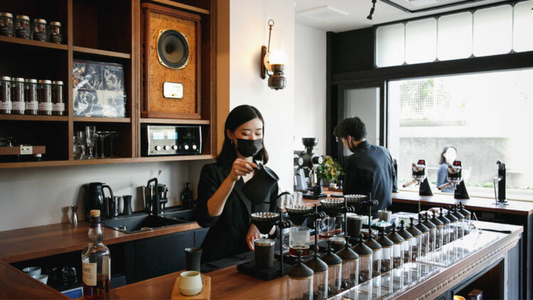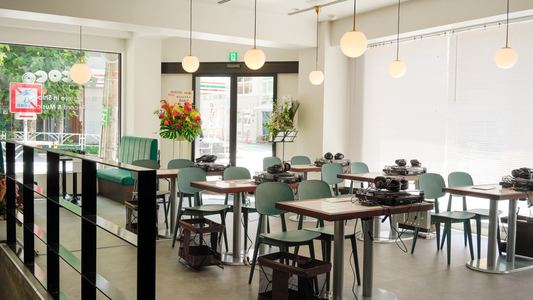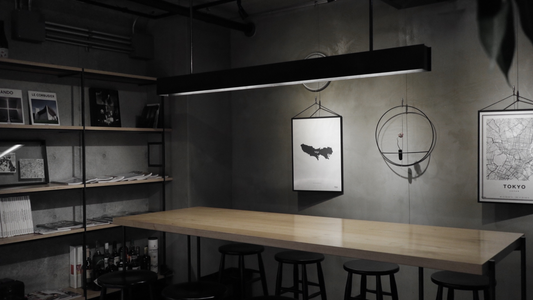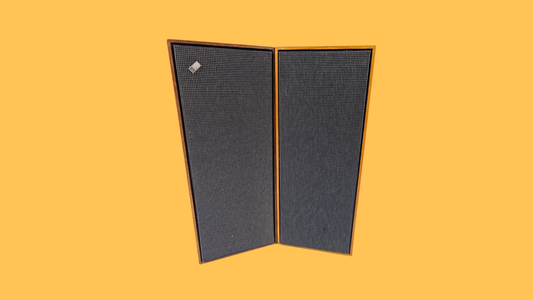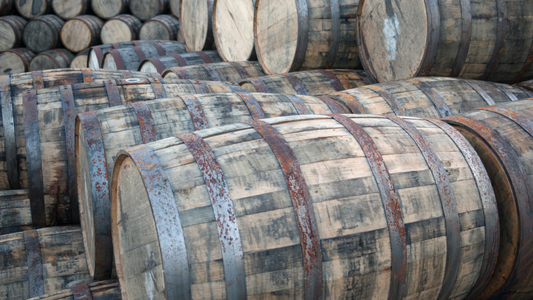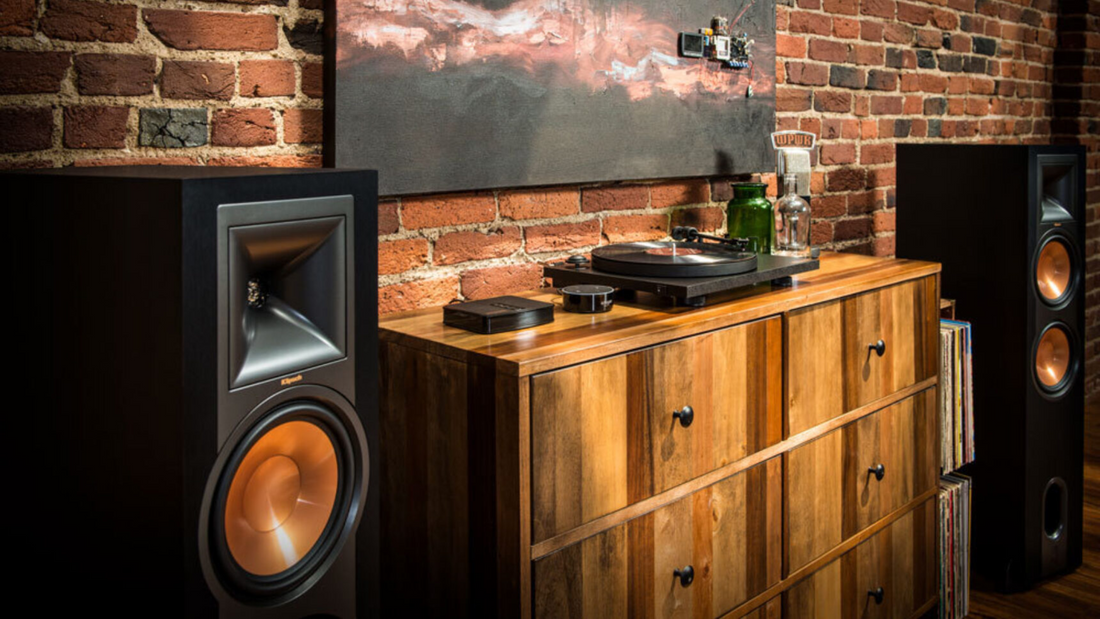
Klipsch — La Scala, Klipschorn, and the American Horn Alive in Bars
By Rafi Mercer
There is a kind of sound that doesn’t so much enter a room as seize it — a horn-loaded immediacy that makes music feel physical, unfiltered, alive. That is the Klipsch signature. Born in Arkansas in 1946, Paul W. Klipsch’s loudspeakers were designed not for politeness but for impact, using horn-loaded designs to deliver efficiency and scale far beyond their size. In listening bars, where presence matters as much as poise, Klipsch remains the American horn that refuses to fade.
The cornerstone was the Klipschorn. Conceived in a tin shed in Hope, Arkansas, it was a design that used the walls of a room as part of the horn itself, corner-loading bass to achieve depth without massive cabinets. It was clever, efficient, and startlingly dynamic. The Klipschorn became one of the longest-running loudspeakers in production, a totem of American ingenuity. Later came the La Scala and the Belle Klipsch — folded horns that traded depth for placement flexibility, bringing the same projection to smaller rooms.
Horn-loading was Klipsch’s conviction. Paul W. Klipsch famously carried a slide rule in his pocket, and wore a badge that read “Bullshit” to brandish at dubious claims. His belief was simple: horns reduced distortion and increased efficiency. More music, less waste. That engineering purity gave his speakers a character that suited everything from symphonies to rock ’n’ roll. And when transplanted into listening bars, it gave records a live, breathing energy.
I remember a night in a Brooklyn bar where a pair of La Scalas flanked the counter. A Herbie Hancock record — Head Hunters — was spinning, and the groove arrived with such speed and snap that the room seemed to pulse with it. Horns cut through conversations, bass locked in like a heartbeat, and yet nothing strained. Patrons didn’t lean forward in analysis; they leaned back, letting the sound wash over them with the directness of a live gig. That is the Klipsch gift: immediacy without apology.
Compared with the burnished balance of Tannoy or the studio authority of JBL, Klipsch is more visceral. It doesn’t caress, it declares. Some find the presentation too forward, even brash; others find it exhilarating. In bars that trade on energy, that want the records to set the pace of the evening, Klipsch horns are perfect companions. They make music feel present, even when the volume is modest.
Visually, too, they make a statement. The angular cabinets, often in raw birch or walnut, look more like furniture than electronics, but furniture with attitude. In a bar, they become part of the architecture, their folded horns and big woofers hinting at power even before a record is played. Patrons may not know the brand, but they recognise the intent.
Klipsch continues today, with Heritage models like the Klipschorn and La Scala still built in Hope. They remain idiosyncratic in a market crowded with slim towers and discreet speakers — stubbornly big, stubbornly horn-loaded, stubbornly themselves. And that stubbornness is part of their charm.
In the end, Klipsch represents a certain American honesty: bold, efficient, a little unruly, but always alive. In listening bars, they remind us that recorded music can feel like performance, that horns were made not just for theatres but for the intimacy of a room and a drink. When a Klipsch sings, the bar becomes stage, and the night comes alive.
Rafi Mercer writes about the spaces where music matters. For more stories from Tracks & Tales, subscribe, or click here to read more.
